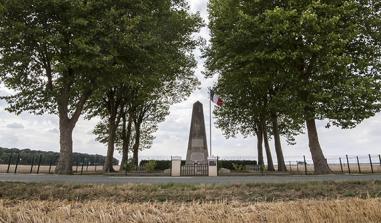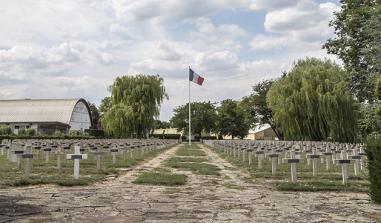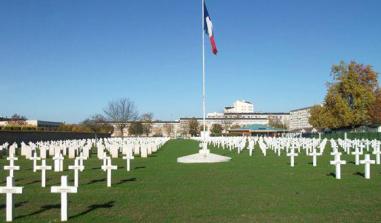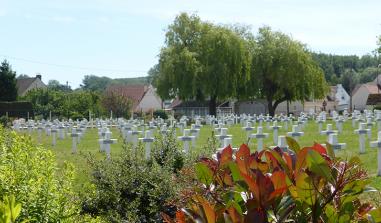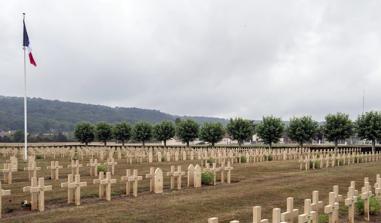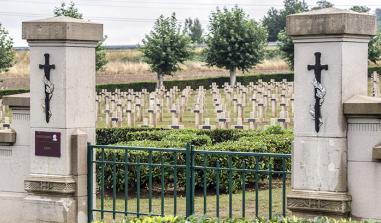The Internment and Deportation Memorial at Royallieu
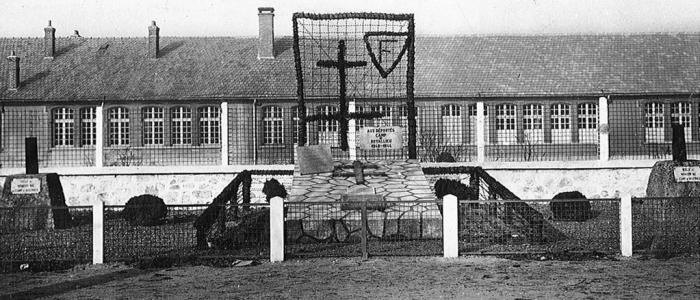
Carte postale de Royallieu. Source : http://www.11mai44.info/
The memorial, a historic place, is a reminder of the events that took place at the site of the former Royallieu internment camp.
Last February a memorial was opened on the site of the former Royallieu internment camp. As place of history, it is a reminder of events, setting them within the context of the Second World War and the Nazi policies of repression and extermination. As a place of remembrance, it pays homage to all those who were detained there before being deported to Germany and Poland or shot as hostages. In 1939, the Royallieu barracks near Compiègne in the Oise département was used as a military hospital before being converted by the Germans in June 1940 into a camp where they brought French and British prisoners of war.
In 1941, they turned it into a " permanent concentration camp for active enemy individuals" under the official name of Frontstalag 122, which became a "German police detention camp" by virtue of decree on the 30th December 1941. Resistance fighters, political and unionist militants, Jews, civilians arrested in raids and foreigners etc. - more than 45,000 of them would pass through there before being deported to Nazi concentration and extermination camps. "I got out of the last departure and really hope not to be in on the next one. I am here with some really nice, good people: communists, Gaullists, royalists, priests, aristocrats and country folk - it's an extraordinary mixture", the poet Robert Desnos, who was interned on the 20th March 1944, wrote to his girlfriend. A short respite. A death train took him away on the 27th April to Flöha en Saxe and he was to succumb to typhoid on the 8th June 1945 at Terezin. It was from the camp at Royallieu that the very first deportation train was to leave French soil on the 27th March 1942. It took over a thousand Jews to Auschwitz, as did the next one on the 5th June. A third convoy, consisting mostly of communist and unionist hostages, left Compiègne on the 6th July. Royallieu was thus to become a transit camp for detainees, for the most part political and resistance fighters, prior to their deportation.
A place for remembering Research carried out by the Remembrance of the Deportation Foundation at the History Department of the Ministry of Defence's archive office for victims of contemporary conflicts has allowed the identification of the departure of twenty-six large convoys, in addition to a dozen small convoys between 1942 and 1944. Including the first two convoys of deported Jews, this makes a total of forty convoys. Since the camp also served as a place for detaining hostages, other internees were shot in the surrounding forests once reprisal measures had been agreed. It is to all these people that the internment and deportation memorial is dedicated. This has just been built on part of the former camp by the town of Compiègne in partnership with the Remembrance of the Deportation Foundation, the Defence Department (Directorate of Memory, Heritage and Archives, SGA/DMPA), the Regional Council of Picardy, the General Council of the Oise, the Heritage Foundation and the Caisse des dépôts et consignations (a government body in charge of investing and lending public money). The historian and filmmaker Christian Delage created the journey through history. The architect and scenographer Jean-Jacques Raynaud designed the setting. The result is solemn, due as much to the materials used - glass, concrete and stone - as to the way the floors and walls in the three preserved buildings that remain out of the original twenty-five have been stripped back to their initial condition, and the use of sounds and images to set the scene. Opposite the entrance stands a wall to guide visitors towards the reception hall. Made up of a series of glass pillars bearing the names of all the deportees and internees of the camp at Royallieu identified to date, its purpose is to give the internees back their identities. It is through these names that visitors are introduced to the site. Around the buildings is what is today a garden of remembrance, as well as an exhibition area: plans of the internment camp, group photographs of the guards and written and recorded accounts accompany visitors as they retrace the history of the site.
The memorial provides two routes that are complementary to and inseparable from each other. One of them, the result of the hard work of historians, puts the history of the camp in context; the other encourages visitors to follow their own personal remembrance trail. The history is mapped out along a frieze running the length of the walls of the ten halls that form the tour. It covers in succession: the historic context, internment and the daily life of the camp, transportation on the deportation trains and forced labour and death in the Nazi camps. Documents and archive films illustrate the descriptions. Letters, photographs, drawings and recorded eyewitness accounts tell of life at Royallieu. In places, the images projected onto the walls and floors dominate the whole room. The remembrance trails themselves are an opportunity to meet the many witnesses, who tell of how they survived their passage through this transit camp. These accounts, in several different voices, demonstrate the wide diversity in the backgrounds of the detainees, their opinions and the conditions in which they were held. These men and women are constantly present: their names, their faces, their words and their written accounts remain with the visitor. The buildings are both exhibition halls and "exhibits" at the same time. The walls, floors and ceilings are all in their original condition: the tiles and lino have been removed, to reveal the original rough concrete that internees would have trodden; the false ceilings from the 1970's have been taken down to show the barracks' plastered ceilings; recent paint work has been scraped off to reveal the different layers of materials, colours and decoration beneath.
The words of witnesses The memorial provides many and varied sound recordings. Chosen carefully, some of them contribute in setting the scene. Broadcast all around the place, they are triggered automatically as they detect visitors' movement. Others are transmitted by an audio-guide, available to every visitor. In this way everyone can follow his own audio route, in his own language and at his own speed. The audio-guide can also be used to develop tours for specific groups - young children or the partially sighted - and themed tours etc. The words of the witnesses resonate around the place. They resound off the metal and wooden chairs in the garden and leap out at you as you pass through the corridors of the buildings. It is these different accounts, organised by theme, such as arrival at the camp, daily and social life, ways of surviving, solidarity, loneliness, leaving for Germany etc., that best tell the history of the camp. These sound montages have been created from documents in the huge audio-visual collection built up by the Remembrance of the Deportation Foundation and from new accounts recorded especially for the memorial. At times, the scenography calls on the emotions in a personal way, encouraging visitors to attune their feelings with those of the place itself and to remember rather then to discover. This is why, for example, on the floor in the barracks the positions where the beds would have been are marked using a single line to draw their outlines, extending up the walls to indicate bunk beds. The resulting impression of being cramped together is immediately apparent. In the same spirit, pictures of men and women are projected onto the walls very slowly, one after the other. Letters sent by prisoners to their families have been collected in two virtual albums that are projected onto two table screens, whilst at the same time being read aloud by actors. The tour ends in a room dedicated to the history of deportation, genocide and the punishment of criminals.
The contribution of the Defence Department Through the general administration department's Directorate of Memory, Heritage and Archives, the deputy minister for ex-servicemen awarded a grant of two million Euros spread over 2005 and 2006, as a contribution to the creation of this place of remembrance. In addition, the Defence Department, now the owner of the site of the former barracks at Royallieu, transferred the management of two hectares of land to the town of Compiègne and it is on this land that the Internment and Deportation Memorial was built.
Internment and Deportation Memorial Camp de Royallieu 2 bis, rue des Martyrs de la liberté 60200 Compiègne Tel. 03 44 96 37 00 E-mail: memorial@compiegne.fr
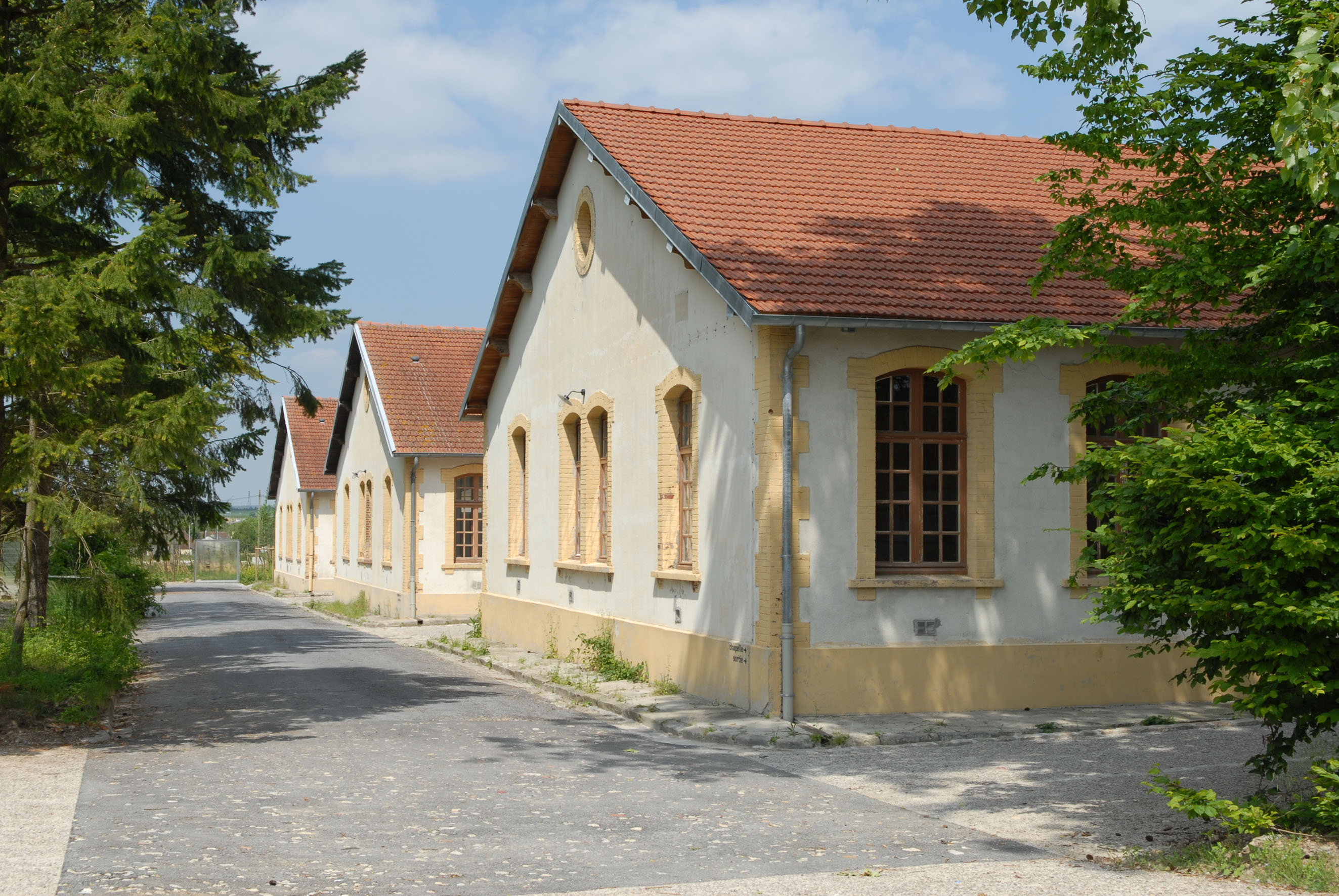
©Mémorial de l?internement et de la déportation - Camp de Royallieu
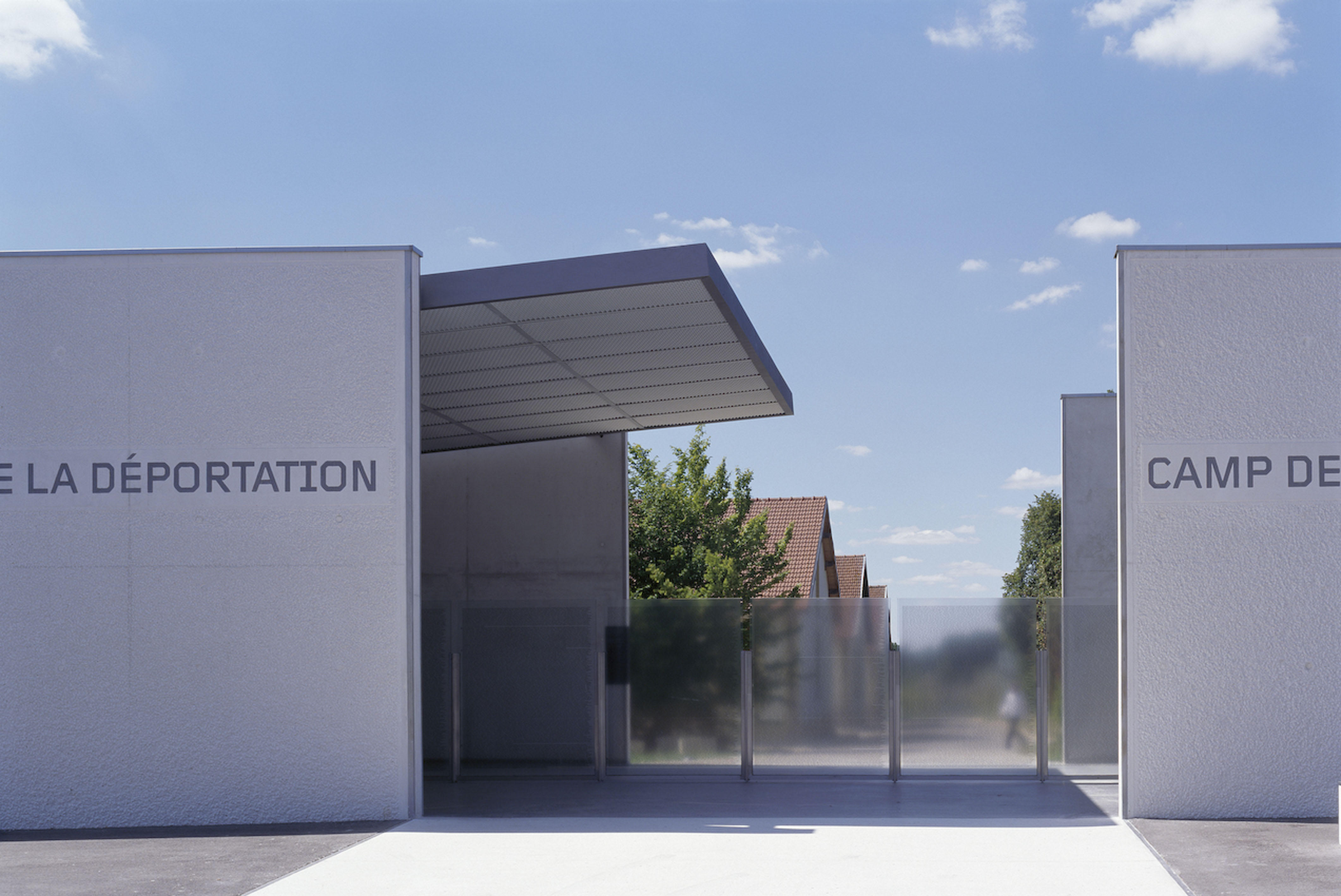
©Mémorial de l?internement et de la déportation - Camp de Royallieu
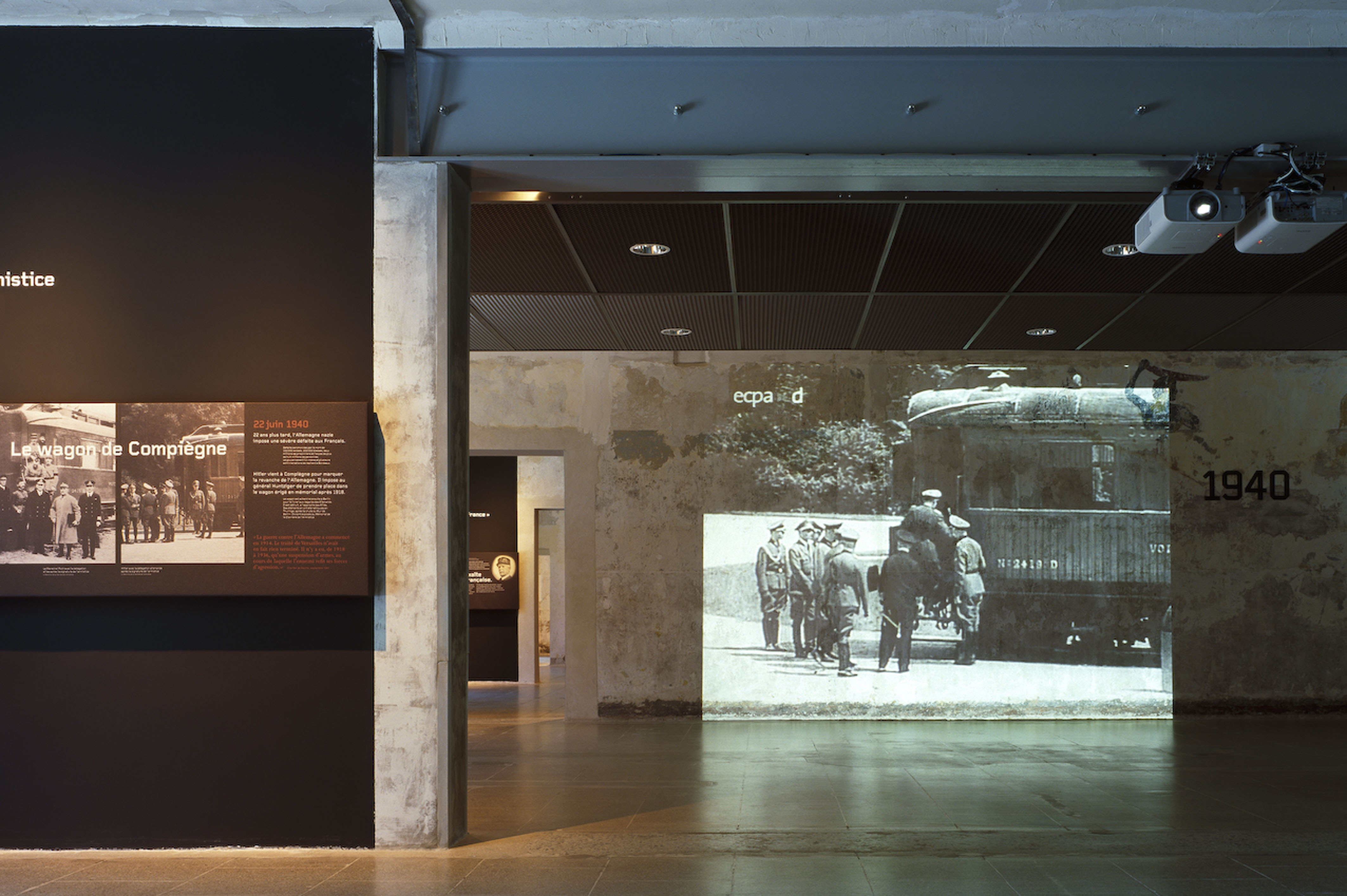
©Mémorial de l?internement et de la déportation - Camp de Royallieu
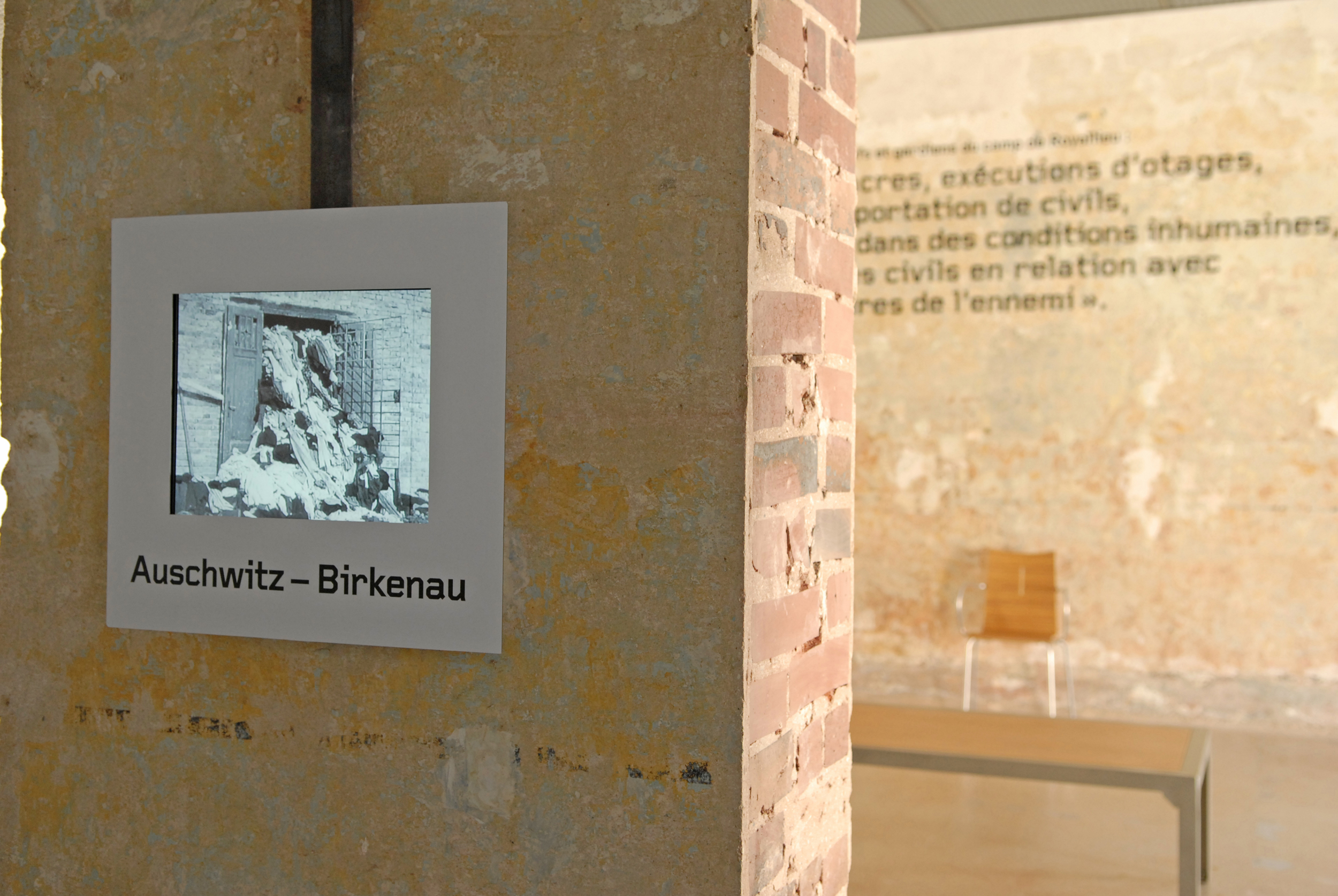
©Mémorial de l'internement et de la déportation - Camp de Royallieu
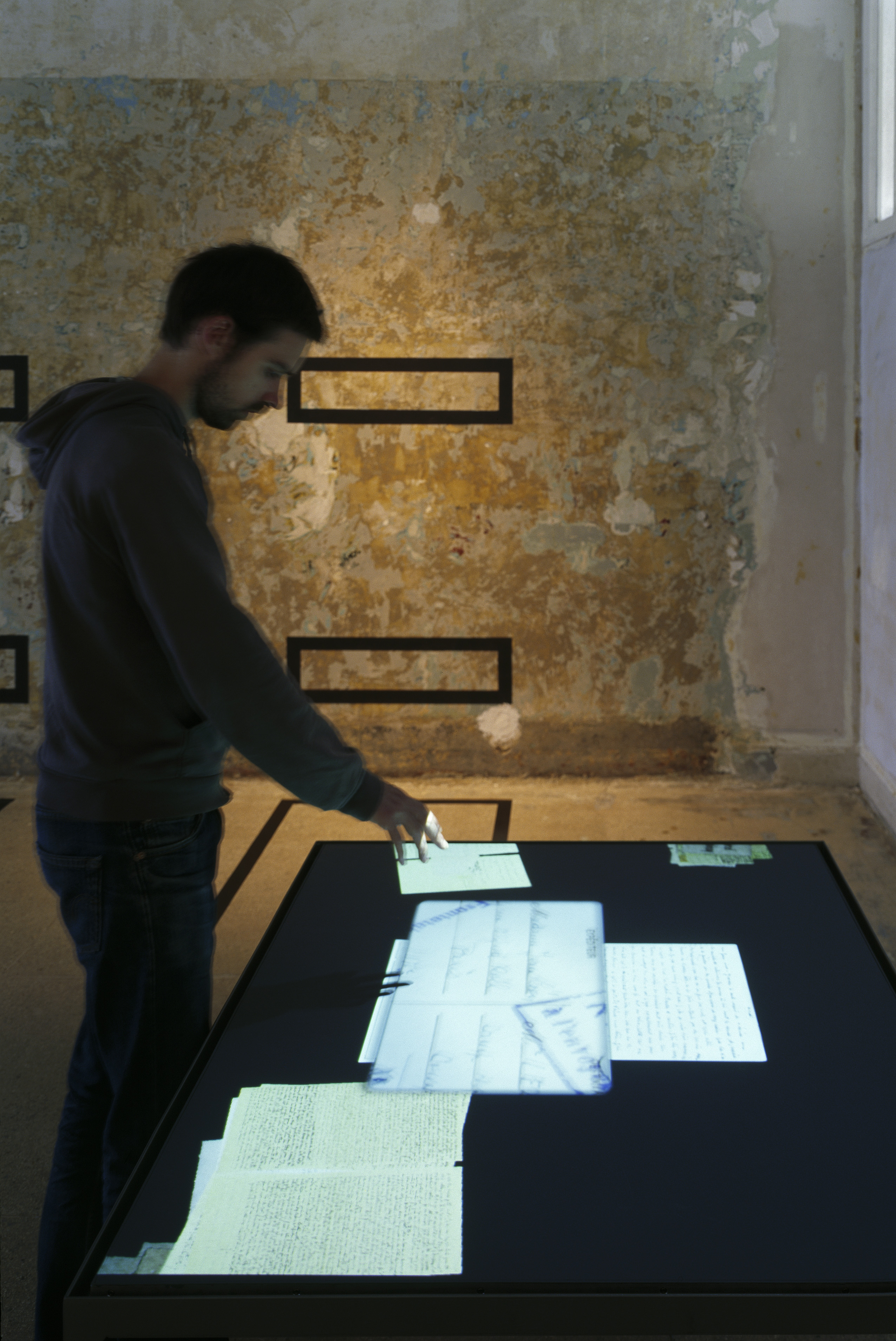
©Mémorial de l'internement et de la déportation - Camp de Royallieu
Practical information
2 bis rue des Martyrs de la liberté Camp de Royallieu 60200
Compiègne
Plein tarif: 3 € Demi tarif: 1,5 € Gratuit : Anciens combattants et victimes de guerre, anciens internés, déportés, enfants (- de 6 ans), les groupes scolaires de l'Agglomération de la Région de Compiègne et les Centres aérés de la ville de Compiègne
Tous les jours de 10h à 18h
Fermé le mardi


